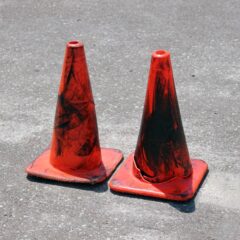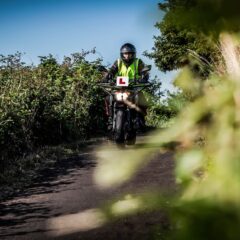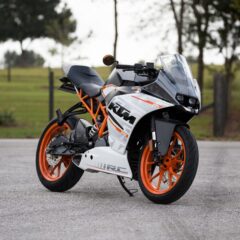
7 Top Motorcycle Accessories
With Christmas just around the corner, you might be wondering what to get your favourite motorcycle enthusiast or even a little something for yoursel...
 Phoenix Motorcycle Training LTD
Phoenix Motorcycle Training LTD
 Phoenix Motorcycle Training LTD
Phoenix Motorcycle Training LTD

The CBT – Compulsory Basic Training – is not a pass/fail type of training. However, if you don’t reach a certain level of competency over the course of the day’s training, you’ll need to come back to carry on with the instruction and practice. Most students that prepare well complete their CBT course and receive their DL196 certification within a single day. Below are some of the best tips for passing CBT motorcycle training on your first try.
First off, you’ll need to book your motorcycle training course. Research your various options in terms of motorcycle training schools near you. You don’t want to travel for hours to get to your CBT course. It’s best to train with a group you’re confident is motivated to help you pass your motorbike driving test.
Phoenix Motorcycle Training has CBT motorcycle courses in London and all over the UK. All courses include everything you need. That’s protective equipment like a helmet, jacket and gloves, the right powered bike you’ll need to train with, petrol, insurance and all of the course materials such as the Highway Code. All you need to bring are safety boots (trainers are not acceptable), your lunch and yourself.
You’ll find that some CBT motorcycle training near you won’t include all the things you need to take their training. Some schools skip petrol and insurance in their course costs and ask you to pay this on the day. Others expect you to bring your own gear. It’s definitely worth checking the different schools. Don’t forget the fine details either, that way you’ll know what the course cost covers.
When it comes to riding a motorcycle, balance is one of the most important skills you need. Without balance, you can’t ride a motorbike. One of the best tips for passing CBT training is to practice on a bicycle before you take any CBT course.
Borrow a friend’s bike, or get on your own bike, and practice manoeuvres such as weaving through safety cones, steering around corners and riding in a straight line. If you are able to do this well on a bike, chances are you’ll take to these exercises much quicker on a motorcycle, scooter or moped.
Element ‘D’ of compulsory basic training covers the legal requirements for riding a motorbike on the road, being visible to other road users, your vulnerability as a rider and last, but certainly not least, the Highway Code which all vehicles must adhere to.
You can get ahead on the training by reading through the Highway Code before you take your training. If your instructor doesn’t think you have a good grasp of the road rules for the UK, they won’t give you your DL196 certification.
Your understanding of the road rules will be assessed in both Element ‘D’ – the theory element and Element ‘E’ the final on-road part of CBT courses.
There’s a lot to think about when you’re learning to ride a motorcycle, moped or scooter. Where your controls are, the correct placement of feet and hands, and the obstacles you really don’t want to hit, like the curb or the traffic cones you’ve been asked to manoeuvre through. It’s a natural reaction to look at feet, hands, the road right in front of your wheel or the curb you desperately don’t want to connect with. It’s so common in fact, that there’s even a name for it – target fixation.
Ironically, the more attention you pay to these obstacles, the more likely you are to hit them. Watch where you’re going and keep your eyes directed towards the path you want to take, not the one you don’t.
It may sound counterintuitive to include this as one of our tips for passing CBT training but don’t be afraid to make mistakes. Compulsory basic training is the first motorcycle course you’ll take. Lack of experience means you’ll make some boo-boos. That’s exactly what your instructor is there for and why you’re taking the course! Learning from mistakes helps us remember the correct answer or course of action better than getting things right the first time, every time. So, don’t be afraid to mess things up a little on the day. It’s expected and it may actually serve you better than having a mistake-free CBT day.
So, prepare for passing CBT training by choosing a great motorcycle training school. Practice your skills on a bicycle, brush up on the road rules, and keep your eye’s looking where you want to go. And don’t be afraid to make a few mistakes, it can be good for you. Enjoy your CBT and learning about becoming a licenced motorcycle rider!

With Christmas just around the corner, you might be wondering what to get your favourite motorcycle enthusiast or even a little something for yoursel...

If you love motorcycle riding, you’ve probably daydreamed about riding a motorbike for a living. A professional racer or stunt rider is OK for some...

Getting a UK motorcycle licence can seem a complicated process. Particularly when compared to a driving licence for a car. Whether you choose the pro...
This website uses cookies to personalise content, ads, and analyse traffic, sharing data with partners who may combine it with other information. See our Privacy Policy for more information.